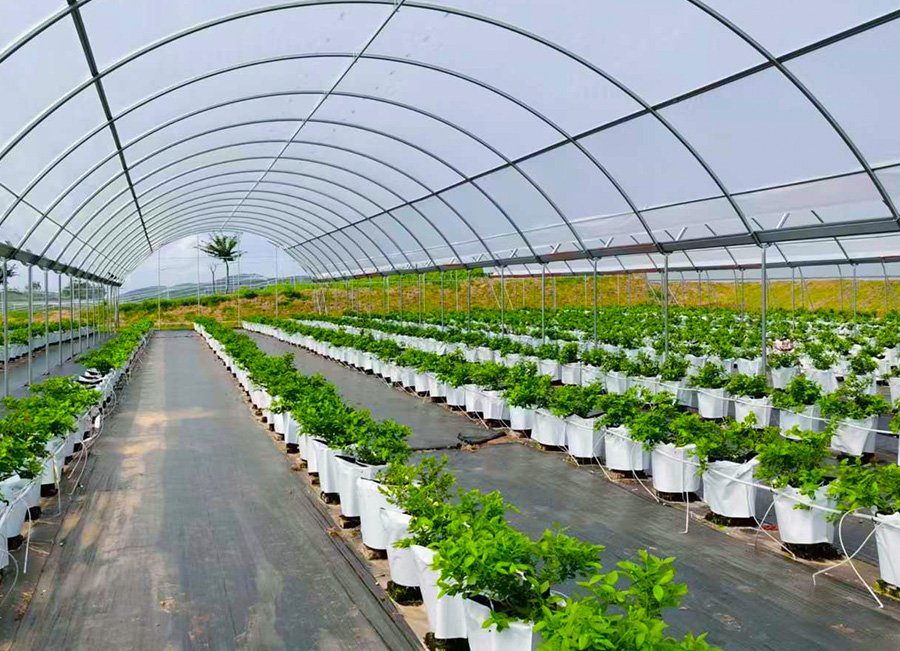When you think about a greenhouse, what comes to mind? Is it just a structure full of plants, or is there more going on beneath the surface? If you’ve ever wondered how greenhouses actually work, you’re in the right place. I’m about to break it down for you in a way that’s easy to understand and maybe even a little fun.
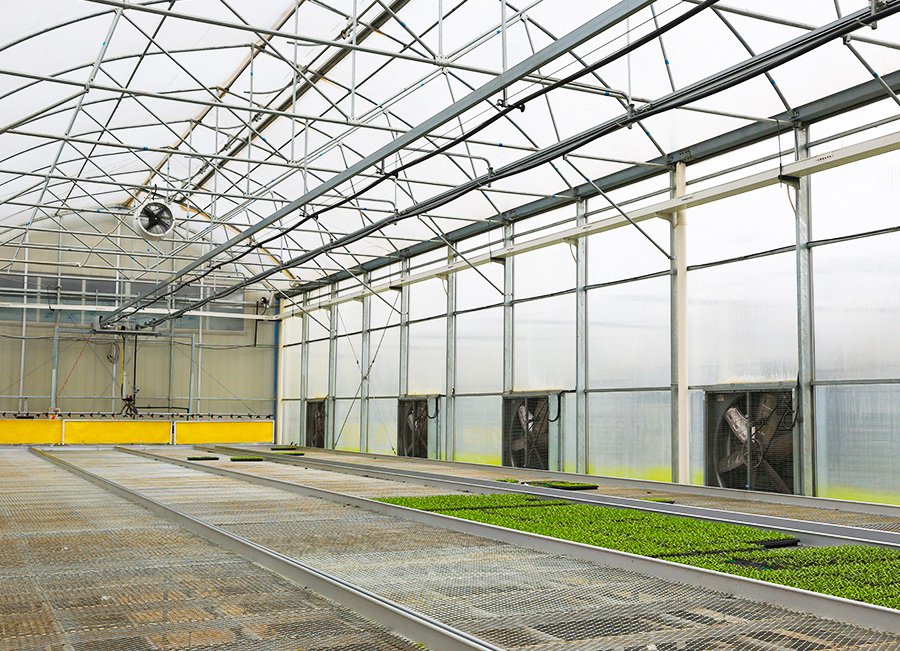
So, what exactly is a greenhouse and how does it work?
A greenhouse is a specially designed structure that helps plants thrive in controlled environments, making it ideal for growing crops that need specific temperature, humidity, and light conditions. The way a greenhouse works is quite fascinating. Simply put, it traps sunlight and converts it into heat, creating an environment that promotes healthy plant growth. This heat is maintained by the greenhouse’s structure, ensuring that plants grow faster and stronger, even during harsh weather outside.
You might think it’s just a fancy building, but there’s some serious science at work here! Let’s dive deeper into how the process happens and why it’s so effective for both large-scale farming and niche projects like cannabis cultivation.
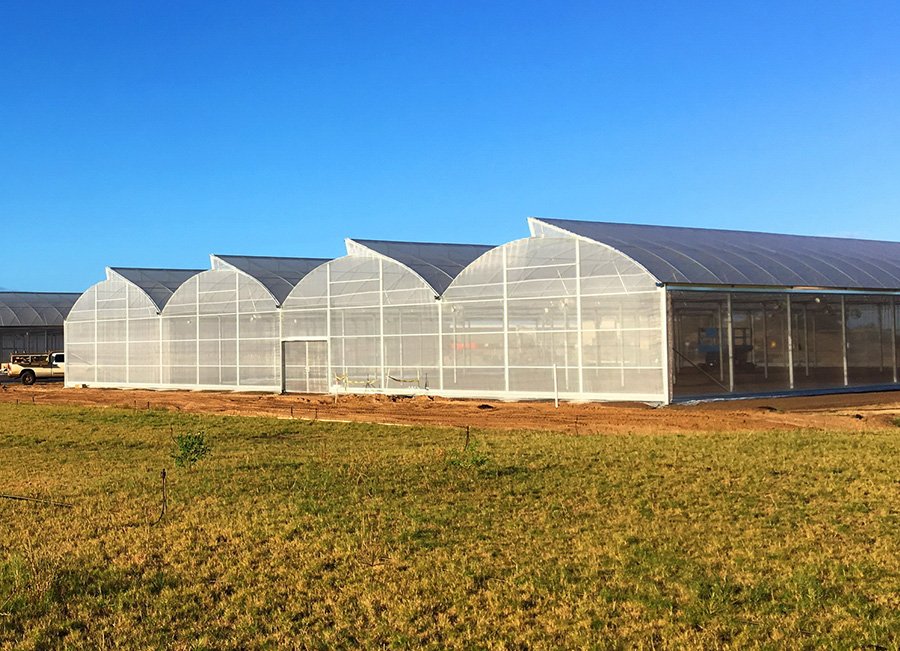
The Science Behind a Greenhouse: How Does It Work?
Sunlight and the Greenhouse Effect
The basic principle of a greenhouse is rooted in the greenhouse effect, which is when sunlight enters the structure and is trapped inside. It’s like having a natural heating system! Light from the sun passes through the transparent material of the greenhouse (like glass or polycarbonate panels), and when it hits the plants and surfaces inside, it’s converted into heat. This heat stays inside the greenhouse because the transparent materials don’t allow the heat to escape easily.
In turn, this allows plants to grow in an environment that stays warmer than the outside temperature. It’s pretty cool, right? The heat trapped inside ensures a stable environment that can boost plant growth year-round, even if the outside world is facing cold temperatures or unpredictable weather conditions.
Why does this matter for agriculture? In climates that are too cold or too hot for regular farming, greenhouses offer the perfect solution. For example, growing delicate flowers or vegetables in harsh winters becomes possible when using a greenhouse. The best part is that greenhouses also extend the growing season. If you’re in an area where you want to grow crops year-round, greenhouses make that a reality.
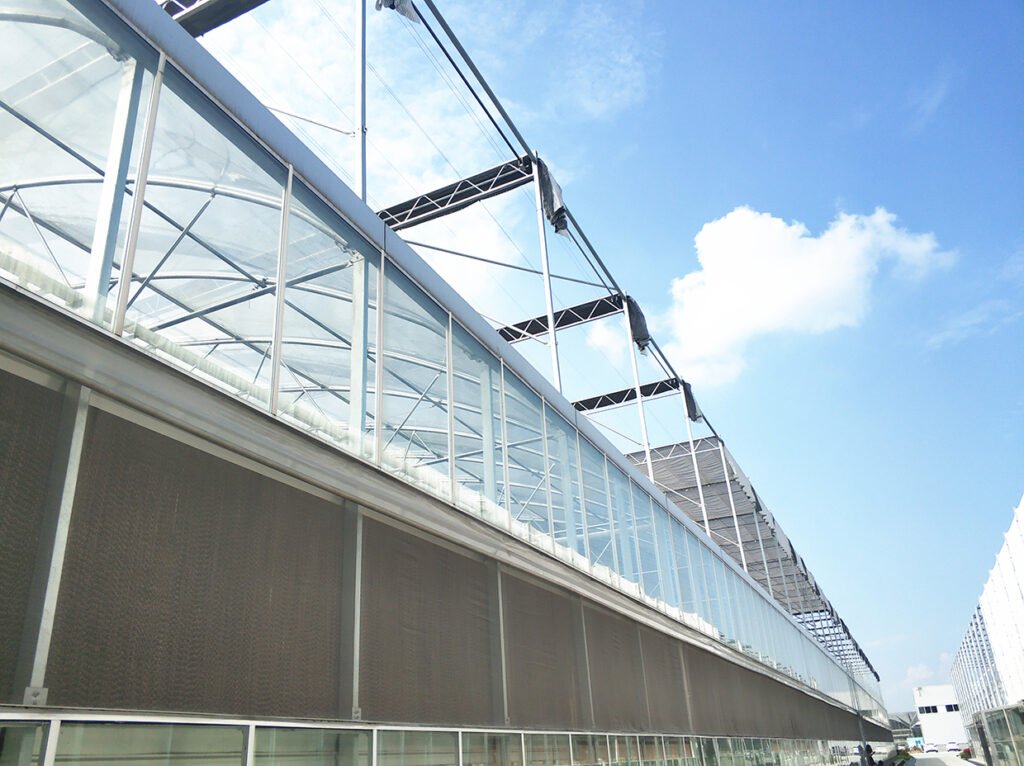
Climate Control Inside the Greenhouse
Now, controlling the environment inside the greenhouse is just as crucial as trapping sunlight. This is where things get interesting. Greenhouses come with various climate control mechanisms, like ventilation systems, fans, and humidity controllers, to help maintain the perfect environment for plant growth. These systems work together to ensure that the temperature and humidity inside the greenhouse stay at ideal levels.
For example, a light deprivation greenhouse offers a controlled environment where the light cycle can be manipulated for plants that require specific periods of light and darkness. This is especially important for plants like cannabis that rely on light and dark cycles to flower correctly. In these greenhouses, strategic use of blackout systems and automated shading mechanisms ensures the perfect environment for plant growth without worrying about external weather conditions. (source: Agricultural Climate Control)
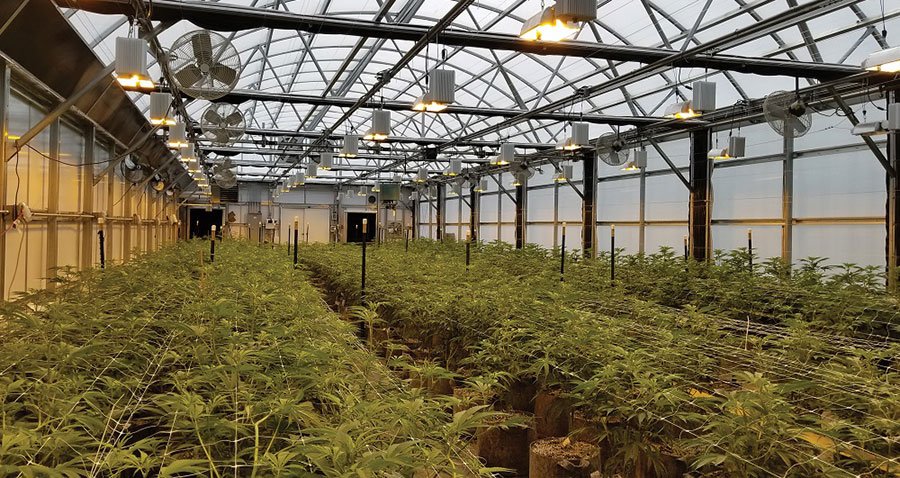
Watering and Fertilizing Made Easy
Another essential aspect of greenhouse functionality is the efficient watering and fertilization systems. The controlled environment ensures that water and nutrients are supplied directly to the plants when they need it. Automated systems like drip irrigation and hydroponic systems are often used to ensure that plants receive a steady, balanced supply of water and nutrients, which is crucial for their development.
These systems can be adjusted to meet the needs of different types of plants. Whether you’re growing vegetables, flowers, or cannabis, each plant type has unique water and nutrient requirements. For instance, hydroponic greenhouses can support plants that require fewer soil nutrients but still need a steady supply of minerals dissolved in water.
What’s Inside a Modern Greenhouse?
The modern greenhouse has come a long way. Not only do we have sophisticated climate control systems, but today’s greenhouses also incorporate smart farming technologies. For example, many greenhouses use IoT sensors that monitor things like temperature, humidity, CO2 levels, and even soil moisture. These sensors send data to a central system, allowing growers to make informed decisions and adjust the environment as needed. This level of automation ensures that plants always grow in optimal conditions.
For high-tech applications like photovoltaic greenhouses (which generate energy using solar panels), these technologies are combined to make agriculture both sustainable and efficient. The energy produced can power the greenhouse itself or be used to support nearby agricultural operations.
Why is this useful? Well, with the rise of smart farming and increasing demand for eco-friendly solutions, these technologies allow greenhouses to become not just a way to grow food, but also a sustainable business model. Imagine a greenhouse that generates its power while growing crops—this is the future of agriculture.
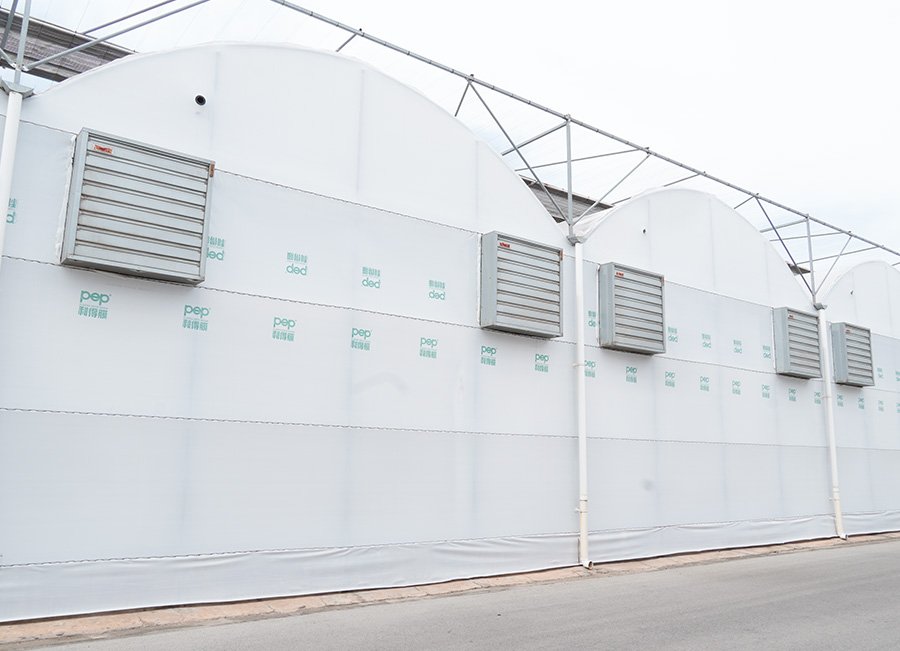
Types of Greenhouses
There are several types of greenhouses, each designed for different needs and crops. Here are a few popular ones:
- Light Deprivation Greenhouses: Used for crops that need specific light cycles, like cannabis.
- Venlo Glass Greenhouses: Ideal for large-scale vegetable and flower production due to their ability to provide excellent insulation and light diffusion.
- Polycarbonate Greenhouses: Great for energy efficiency, offering better insulation than glass.
- Plastic Film Greenhouses: Budget-friendly options that still offer excellent protection against the elements.
Why Greenhouses Are the Future of Farming
With the world’s population growing and climate change becoming an ever-increasing challenge, we need more efficient and sustainable ways to grow food. Greenhouses provide a way to grow crops in controlled, optimal environments, reducing the reliance on traditional farming methods that are heavily impacted by weather conditions. They also offer resource-efficient agriculture by using less water and fewer pesticides. This makes them an essential part of the future of farming, especially in regions that face harsh growing conditions.
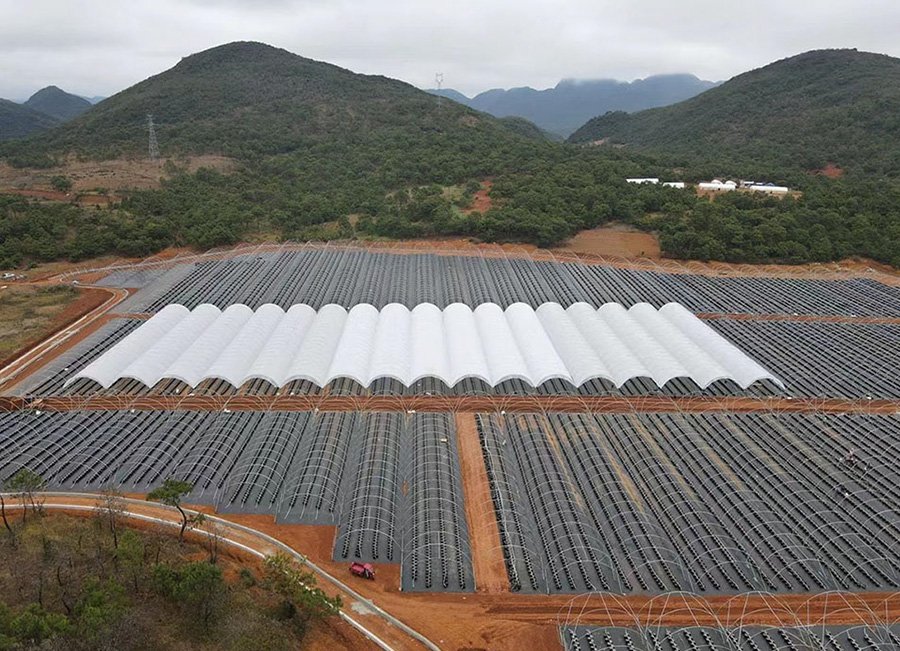
More Questions You Might Have About Greenhouses
How do greenhouses help in producing crops year-round?
Greenhouses help regulate temperature and light, making it possible to grow crops outside of traditional growing seasons. By maintaining optimal conditions inside, growers can produce crops all year round.
What are the environmental benefits of using a greenhouse?
Greenhouses can reduce water usage, improve energy efficiency, and help produce food with fewer chemicals. They are an excellent solution for sustainable agriculture.
Are greenhouse crops better than traditional farming?
In many cases, yes! Greenhouse-grown crops benefit from optimal conditions, which can lead to faster growth, higher yields, and better-quality produce.
Conclusion
Greenhouses are not just structures with some glass and plants; they are sophisticated systems that support the future of agriculture. By offering a controlled environment for growing crops, they help us achieve year-round production and sustainability. Whether you are interested in vegetables, flowers, or even cannabis, greenhouses provide a reliable solution for successful farming. The next time you think about a greenhouse, just remember all the science and technology at work behind those transparent walls!

